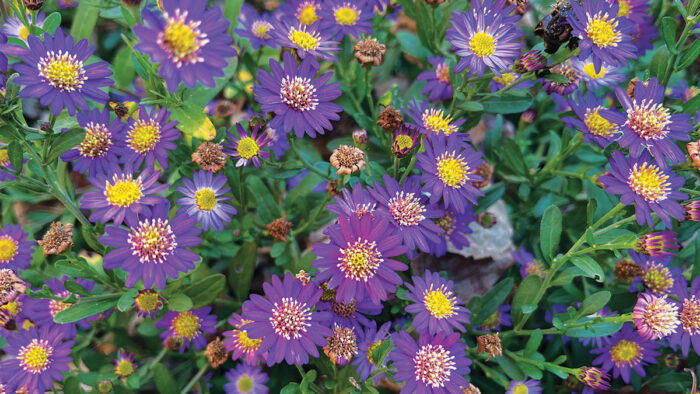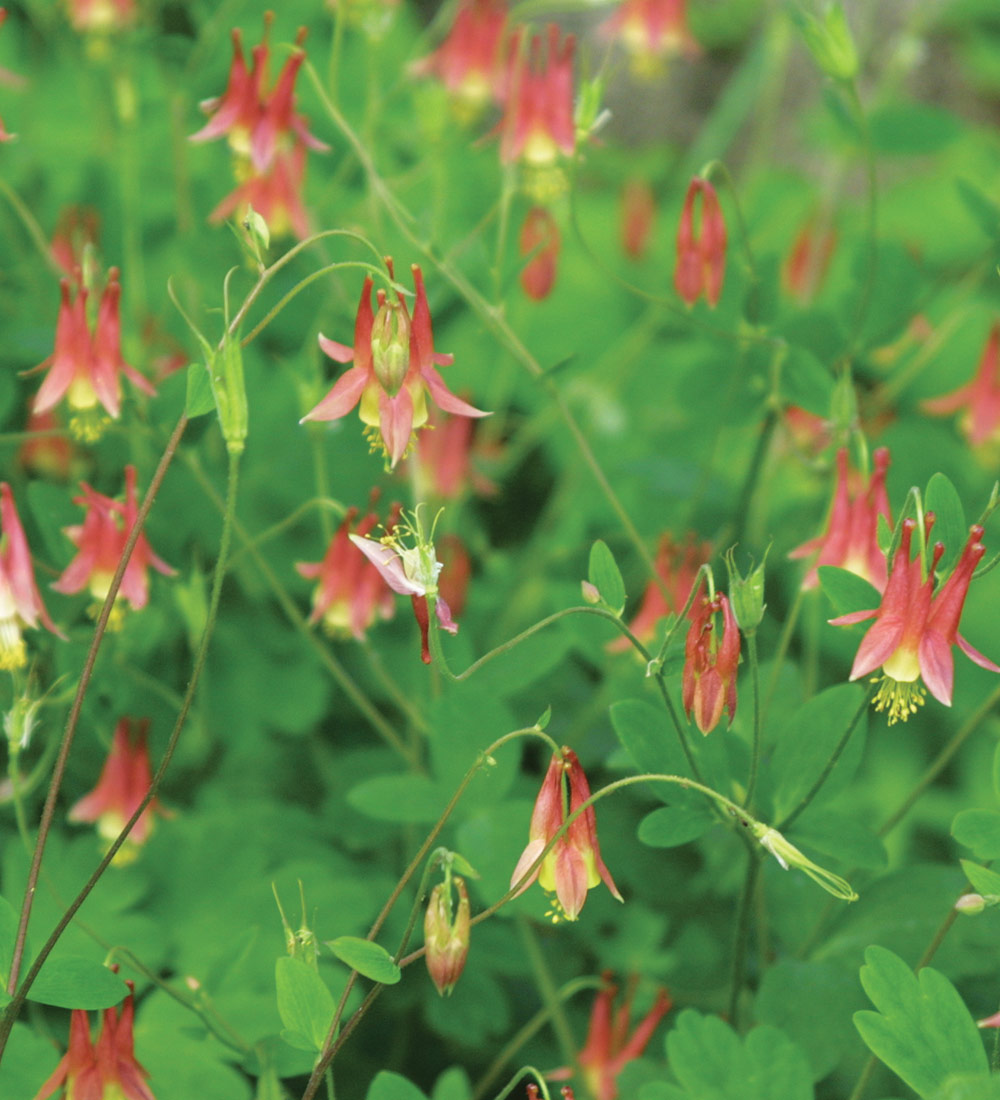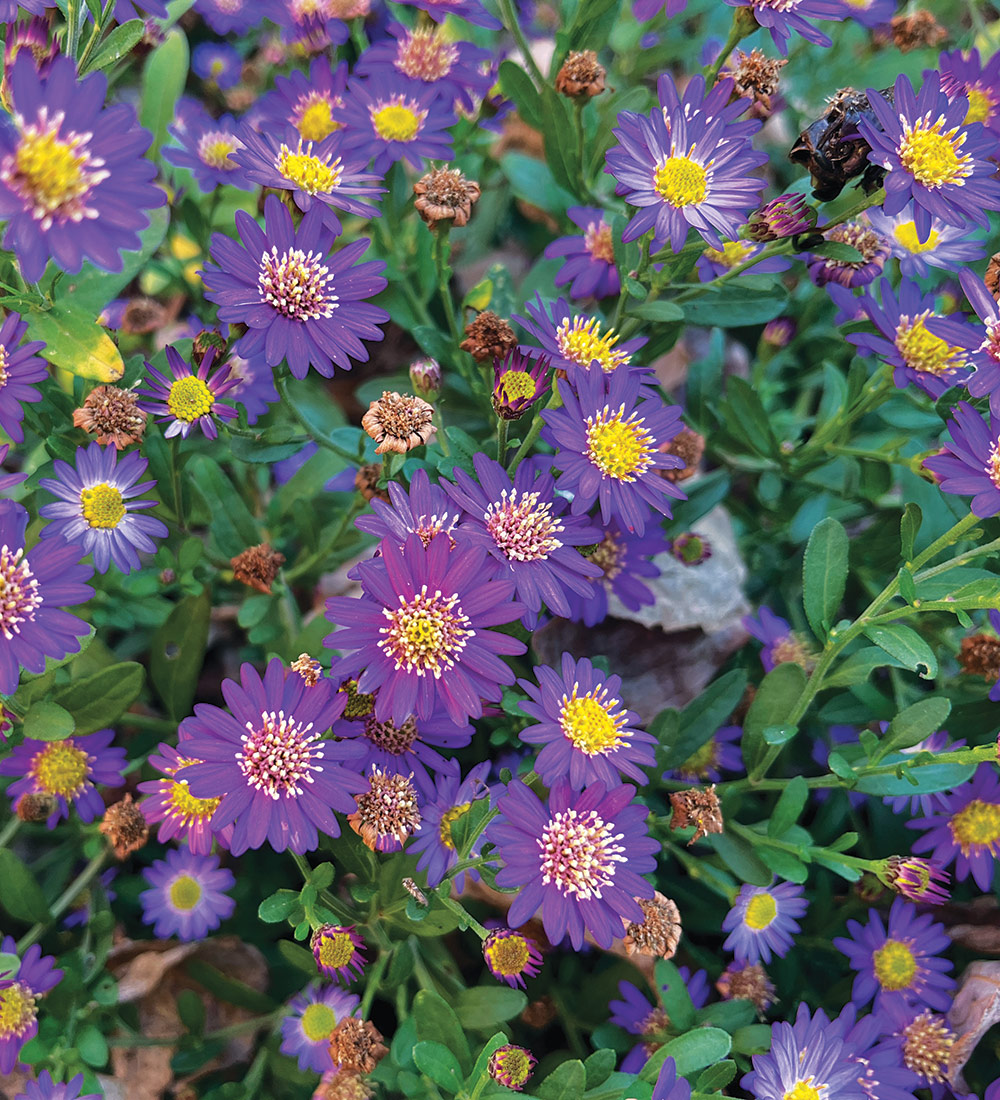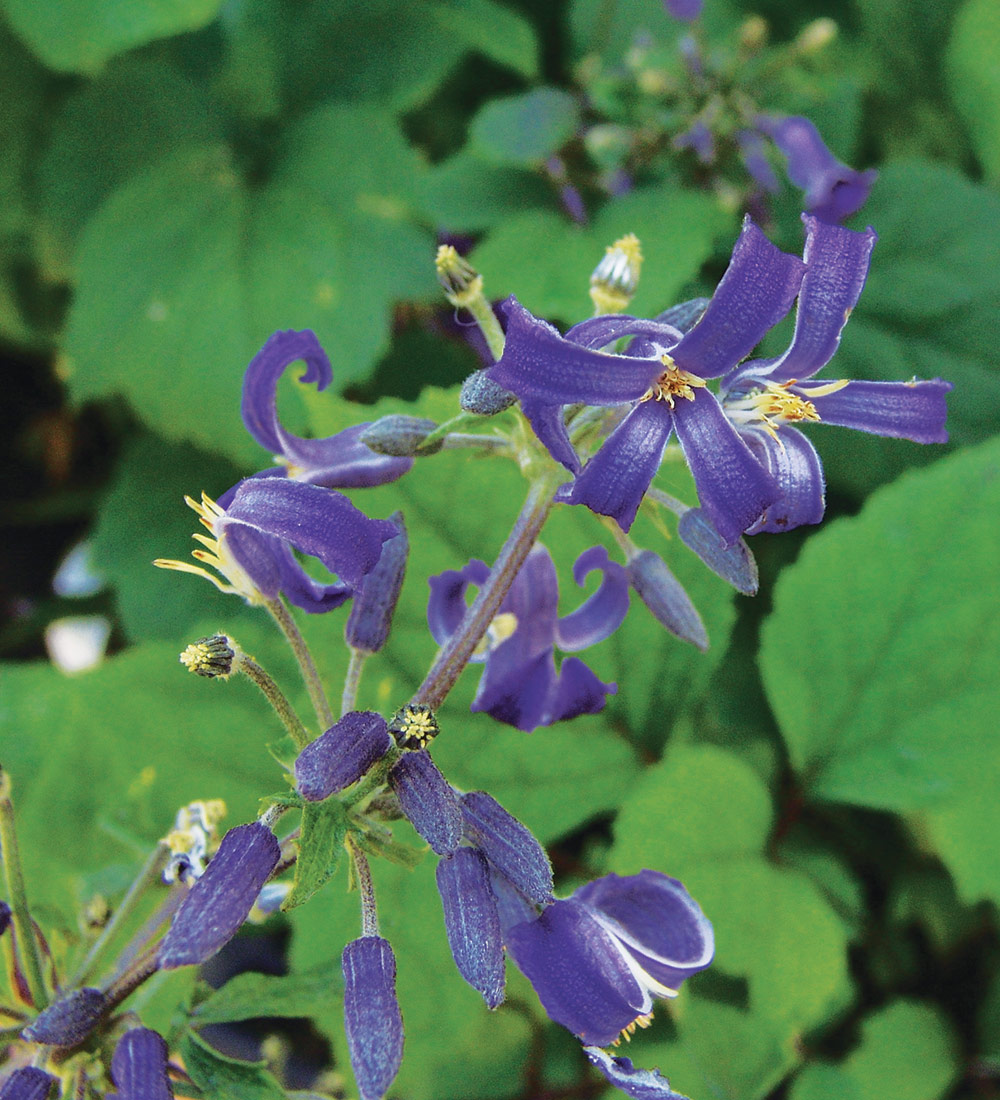
1. Eastern Red Columbine

Name: Aquilegia canadensis
Zones: 3–8
Size: 2 feet tall and 12 to 18 inches wide
Conditions: Full sun to full shade; average, well-drained soil
Native range: Eastern North America
I like to give a shout-out to any plant that can grab my attention during spring’s peak. I first encountered eastern red columbine in a woodland garden where glowing patches of yellow-skirted, red UFOs pulled me down the path. The blooms (favorites of hummingbirds and hawk moths) hovered in all sorts of places, in sun and shade, clashing and complementing, by accident and design. That’s the thing about columbines—they self-sow (and cross-pollinate with other columbines) freely and land themselves any old place they like. Begin by planting eastern red columbine in partial shade and paired with ‘Alabama Sunrise’ heucherella (× Heucherella ‘Alabama Sunrise, Zones 4–9) or a pale yellow azalea (Rhododendron cv., Zones 3–7), and then enjoy its subsequent migrations and mutations.
2. ‘Ezo Murasaki’ Japanese Aster

Name: Aster ageratoides ‘Ezo Murasaki’
Zones: 4–8
Size: 15 to 24 inches tall and 3 to 4 feet wide
Conditions: Full sun to partial shade; average soil
Native range: Japan
Some plants are fussy about conditions, and others thrive wherever you plunk them. ‘Ezo Murasaki’ Japanese aster is one of the latter and, in fact, is so enthusiastic about growing that it’s borderline obnoxious. Stems spread in all directions regardless of light conditions. The tightest clumping is seen in full sun; in shade, runners space themselves out in all directions, sidling up to neighbors or poking up between them. I don’t mind this behavior because it’s easy to yank errant stems or edit by dividing the plant (and sharing) in spring or early summer. Nevertheless, plant this aster where it can take up some real estate. Tolerating its exuberance will reward you with a very late fall abundance of half-inch daisies that open lavender, expand and deepen to a luminous blue-purple, and then feed golden pollen to still-foraging bees.
3. Tube Clematis

Name: Clematis heracleifolia
Zones: 3–8
Size: 2 to 3 feet tall and 2 to 4 feet wide
Conditions: Full sun to partial shade; moist soil
Native range: China, Korea
Clematis have a certain reputation. So many gardeners’ favorites are (in)famous for being divas that demand a fancy trellis, an engineering degree for pruning, and full sun (except at their feet) in exchange for big, breathtaking flowers. Tube clematis is nonclimbing and not so fussy. This plant is not a show-stopper exactly, but it is unusual and certainly cool enough to impress the heck out of your friends. Give it a sunny spot and its palm-size, leathery foliage (which is rabbit and deer resistant) will help shade and cool the root zone. Place it in some shade and the slender stems—ringed at intervals in late summer with small, lightly fragrant indigo-blue fairy caps—will stretch and lean out toward the light. Cut the stems all the way to the ground in early spring, and divide and share plants with envious friends in spring or fall.
4. Common Ninebark

Name: Physocarpus opulifolius
Zones: 2–8
Size: 5 to 8 feet and 4 to 6 feet wide
Conditions: Full sun to partial shade; average, well-drained soil
Native range: Central and eastern North America
There was a time when I couldn’t visit a nursery without bringing home a ninebark, so I can honestly report on this native’s performance in a range of situations. Although it tolerates partial shade, the more sun it gets, the more clusters of pinkish-white blossoms cover the arched branches in early summer, followed by ornamental red seed capsules. Pruning is best done right after flowering, since next year’s flowers form on this year’s growth. Exfoliating bark keeps things interesting all winter. There are scores of cultivars out there too, many sporting different foliage colors outside of the deep green of the straight species. In shade, the different cultivars will hold their color longer before dulling or fading to a greenish hue.
Kristin Green is the author of Plantiful: Start Small, Grow Big With 150 Plants That Spread, Self-Sow, and Overwinter. She gardens in Bristol, Rhode Island.


















Comments
Log in or create an account to post a comment.
Sign up Log in